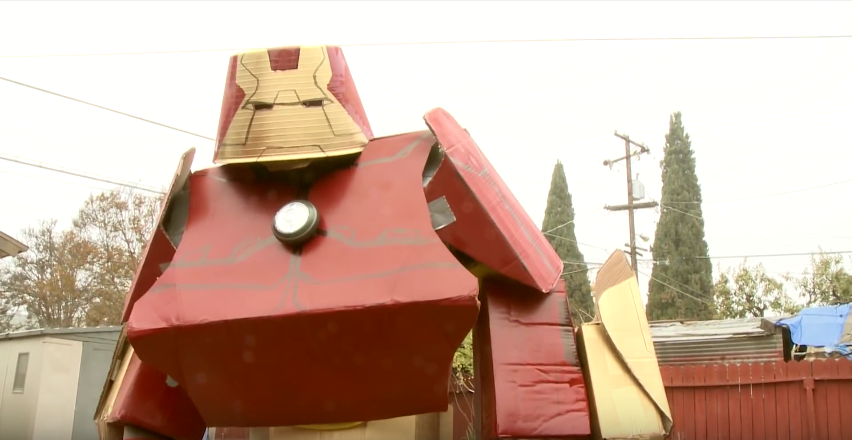I love teaching teens about intellectual property. I get a lot of puzzled looks whenever I say this among other educators, but it’s true.
Teens are so much more media-savvy than I was as a young person, since their lives are so immersed in media wherever they are. They are constantly consuming music, photos, videos, digital games and print from their multiple devices. Many of them have been creating media for most of their lives, whether it’s writing fan fiction, shooting dance videos, or composing photo essays. So they are already active authors and consumers of media.
Plus, young people are keenly aware of issues of right and wrong, and still developing their own ethical and moral stands on things. They are experiencing conflicting feelings of wanting to do the right thing, but also the thrill of doing things that push the boundaries between right and wrong.
So that’s why I created “Media Moral Gray Areas.”
It’s a pretty simple activity, but it brings up so much whenever I’ve done it with young people, from as young as 12 to college students.
Here’s the activity, I hope you find it helpful!
Media Moral Gray Areas: Exploring Intellectual Property and Ethics
Time: About 15-20 minutes, depending on how verbose your kids are.
Materials: NONE!
Introduction
- EXPLAIN: Before we start making our shows, let’s talk about what we can and can not use for our shows
- PROMPT: Could we just watch a PBS show about nature , copy down what they say, cut and paste their visuals, record and replay their music, and then call it a day? Why not?
- EXPLAIN: There are some specific rules that we need to follow here at the Academy about things that we create. There are ALSO some ethical and moral issues that we want you to think about as media creators. We are going to play a game to start to think about these things and your opinions on using other people’s stuff.
- NOTE: Remind them about safe space – feel free to have your opinion, we aren’t judging each other’s decisions or moral choices or sharing this outside of this room. Make sure everyone is okay with this.
Instructions
- Designate parts of the room as 100% Okay, 100% Wrong, and “Moral Grey Area”. Make sure there is room to freely move to any of those areas, and in between.
- Explain that each of these examples of media are things that each of them is considering using in a media project they are creating for themselves.
- Call out different examples of media.
- Have youth move to part of room that is their opinion. They can be anywhere in between “okay” and “wrong” but they have to choose a position.
- Have youth discuss why they chose their positions.
- Media Examples:
- An audio recording of a Taylor Swift song
- An audio recording of you singing a song that you wrote
- An audio recording of you singing a Taylor Swift song
- A photo that you took of yourself
- A photo of you that appears in the New York Times1
- A photo that your dad took
- A screen shot from “Hunger Games”
- A 3 minute video clip of “Hunger Games”
- A video of you and your friends re-enacting a scene from in “Hunger Games” in your backyard2
- A quotation from the Bible
- A one-paragraph quotation from a Harry Potter novel
- A entire speech by Dumbledore from a Harry Potter novel that you have one of your characters say
- PROCESS:
- What are other examples of media moral grey areas?
- How do you learn what is the right and wrong thing to do with other people’s content? Home? School? Church? Television?
- Generally when I have done this, our kids are really excited to talk about these issues and have lots and lots of questions about what they can and can’t do.
- Typically I would then move on to discussing specifics about copyright, creative commons, public domain or other relevant topics…
1 Legally, the NYT’s photographer has the right to restrict their use of their photo, even if you are in it. The NYT’s sells their photos to people for limited, personal uses.
2 This is called “Sweding”, after the movie “Be Kind, Rewind” where this was practiced. You can see many examples of this practice on Youtube by searching for “sweded”+ movie name.
Feel free to use this activity with your students and adapt it to your context. I would love to hear how it went and if you made any changes or improvements. The most important thing is getting a dialogue going about these issues, and then moving on to discussing specific legal ramifications of their choices. I have a few lessons and activities prepared for that, which I’m happy to talk with folks about , if they are interested.
